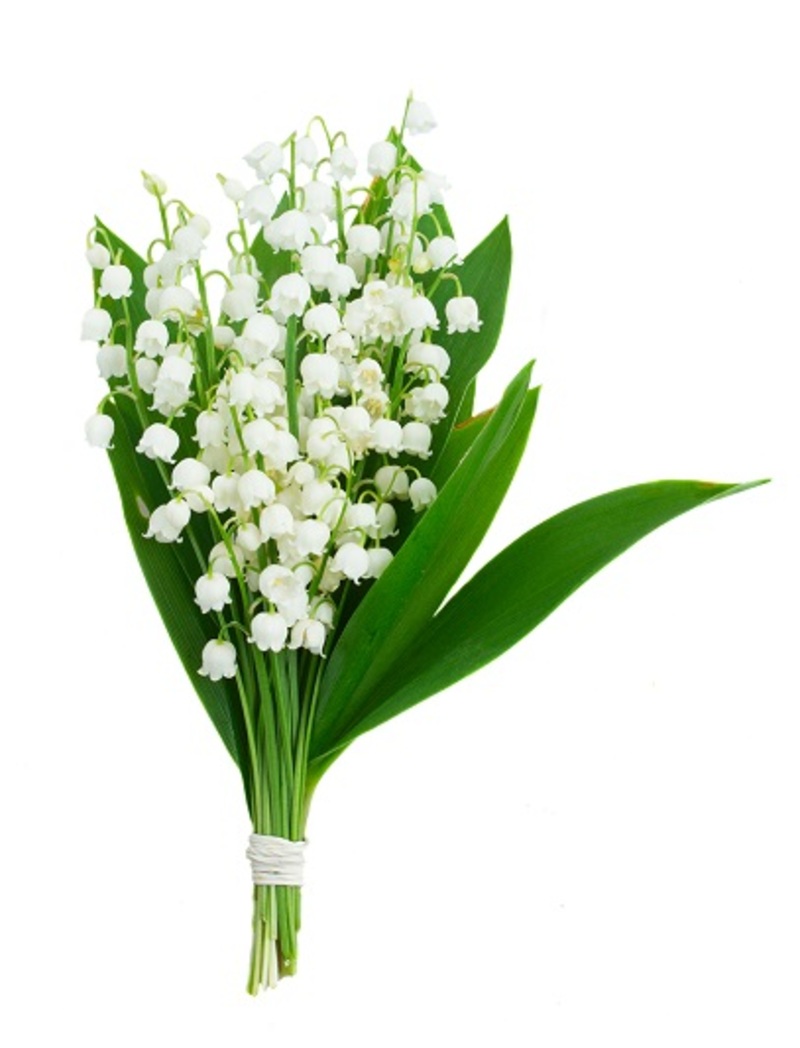Mastering Hydrangea Care: Tips You Need to Know
Posted on 01/07/2025
Mastering Hydrangea Care: Tips You Need to Know
Hydrangeas are beloved for their lush blooms and delightful colors, making them a must-have in any well-tended garden. But to keep your hydrangeas healthy, vibrant, and blooming year after year, you need to understand their specific care requirements. In this comprehensive guide, we will explore essential hydrangea care tips that every gardener should know. Whether you're a seasoned enthusiast or a hopeful beginner, these tips will empower you to master hydrangea care and enjoy their beauty for seasons to come.
Understanding Your Hydrangea: Types and Basics
Before you start planting or tending to hydrangeas, it's important to understand the different types of hydrangea and their unique needs. Below are the most common varieties you'll encounter:
- Hydrangea macrophylla (Bigleaf hydrangea): Famous for its mophead and lacecap flowers, color changes based on soil pH.
- Hydrangea paniculata (Panicle hydrangea): Known for large, cone-shaped white blooms that may turn pink as they age; very cold-hardy.
- Hydrangea arborescens (Smooth hydrangea): Features rounded white flower clusters, such as the popular 'Annabelle' variety.
- Hydrangea quercifolia (Oakleaf hydrangea): Recognizable by its oak-shaped leaves and gorgeous white to pink flower clusters.
Understanding the hydrangea variety you have will help you provide the best possible care tailored to their growth habits and flowering potential.

Choosing the Right Location for Hydrangea Growth
Mastering hydrangea care starts with selecting the ideal spot for your plants. The right placement can mean the difference between lackluster shrubs and a garden bursting with vibrant blooms.
Light Requirements
Most hydrangeas thrive in partial sun. Too much harsh sunlight, especially during the afternoon, can cause wilting and leaf scorch. However, certain types like panicle hydrangeas tolerate--and even prefer--full sun. As a general rule:
- Morning sun and afternoon shade is ideal for most hydrangeas, especially in hot climates.
- Smooth and oakleaf hydrangeas can succeed in more shade, but blooms may be fewer.
- Ensure at least 3-6 hours of sunlight for abundant flowering.
Soil Preferences
Healthy soil is the key foundation to successful hydrangea care. Hydrangeas love moist, well-drained soils enriched with organic matter.
- Hydrangeas prefer slightly acidic to neutral soil (pH 5.5-7.0).
- Bigleaf hydrangeas (Hydrangea macrophylla) show blue or pink blooms depending on soil pH.
- Amending with compost and well-rotted manure improves soil fertility and drainage.
Spacing for Air Circulation
Hydrangeas need room to breathe. Space shrubs according to their mature size--typically 3 to 10 feet apart. Good airflow reduces disease risk and helps flowers and foliage develop fully.
Hydrangea Planting Tips for Lasting Success
Proper planting techniques are crucial to mastering hydrangea care. Here's how to give your hydrangeas the best head start:
- Dig a Wide Hole: The hole should be twice as wide and just as deep as the root ball.
- Enrich the Soil: Mix in compost, peat moss, or other organic material to improve water retention and drainage.
- Plant Even with Ground Level: Place the hydrangea so the top of the root ball is level with the soil surface.
- Backfill Gently: Fill the hole with loosened soil, pressing down softly to remove air pockets.
- Water Thoroughly: Hydrangeas need deep watering right after planting to help roots establish.
- Mulch Well: Apply a 2-3 inch layer of mulch to conserve moisture, suppress weeds, and keep roots cool.
Optimizing Watering: The Secret to Vibrant Hydrangeas
Hydrangeas are thirsty plants, especially during the first few years and in hot weather. Consistent moisture is crucial, but overwatering can lead to root rot. Discover the best watering practices for healthy hydrangeas:
- Water deeply at least 1-2 times per week, more frequently in dry periods.
- Early morning is the best time to water, minimizing evaporation and reducing fungal risks.
- Soaker hoses or drip irrigation deliver moisture directly to the roots.
- Avoid wetting leaves to reduce disease.
- Monitor soil--hydrated soil should feel like a wrung sponge, not soggy.
Fertilizing for Glorious Blooms
Fertilization can make or break your hydrangea flower display. Too much nitrogen will encourage leafy growth at the expense of blooms; too little leaves your plant hungry and stunted.
When and How to Fertilize Hydrangeas
- Apply a balanced, slow-release fertilizer in early spring when new growth appears.
- For a second bloom boost, give a light feeding in late spring or early summer.
- Avoid fertilizing after mid-summer to prevent tender growth that frost may damage.
- Organic options like compost or cottonseed meal enrich the soil gradually.
Soil pH and Flower Color
For Bigleaf hydrangeas, the soil's acidity directly affects bloom color:
- Acidic soil (pH 5.5 or below) = Blue flowers
- Neutral to alkaline soil (pH 6.0 or above) = Pink or even red flowers
To change the color, add aluminum sulfate for blue hues or garden lime for pink tones, always following label instructions. Test your soil annually to maintain desired conditions.
Pruning Techniques: Timing is Everything
Correct pruning ensures healthy growth, beautiful shape, and abundant blooms. Mastering hydrangea pruning means knowing when to trim each variety.
When to Prune Different Hydrangea Types
- Bigleaf and Oakleaf Hydrangeas: Prune immediately after flowering (summer), as they bloom on 'old wood' (last season's stems).
- Panicle and Smooth Hydrangeas: Prune in late winter or early spring, since they bloom on 'new wood' (current year's growth).
How to Prune for Health and Shape
- Remove dead, crossing, or weak stems.
- Cut above outward-facing buds to encourage open growth and air circulation.
- Thin older plants to rejuvenate by removing one-third of the oldest stems to the ground.
- Don't over-prune; excessive cutting can reduce flowering.
Dealing with Hydrangea Pests and Diseases
While hydrangeas are generally resilient, they can fall victim to pests or disease. Here's what to watch for and how to handle them:
- Aphids & Spider Mites: Look for curling leaves and sticky residue. Blast with water or treat with insecticidal soap.
- Powdery Mildew: Shows as a white, powdery coating. Increase airflow, reduce overhead watering, and use fungicide if needed.
- Leaf Spot: Brown or purple spots appear during wet weather. Remove infected leaves and avoid wetting foliage.
- Root Rot: Caused by poor drainage. Ensure soil drains well and never let roots sit in water.
By keeping your hydrangea healthy and promptly addressing any problems, you'll significantly reduce the risk of long-term damage.
Winter Protection: Ensuring Year-Round Hydrangea Beauty
Winter poses challenges--especially for frost-sensitive hydrangea varieties. Protecting your hydrangea during the cold months sets the foundation for a lush spring revival.
- Mulch generously around the base with straw or leaves to insulate roots.
- Cover with burlap or frost cloth for young plants or exposed locations.
- Avoid pruning old-wood blooming hydrangeas late in the year; you could cut off next season's buds.
- Water occasionally during winter thaws if drought occurs.
Common Hydrangea Care FAQs
Why isn't my hydrangea blooming?
Common causes include incorrect pruning, frost damage to buds, insufficient sunlight, or over-fertilization with high-nitrogen products.
How do I revive a wilted hydrangea?
Water deeply, move potted plants to a cooler, shadier spot, and mulch to retain moisture. Consistently dry soils may need improved watering habits.
Can I grow hydrangeas in containers?
Absolutely! Choose compact varieties, use rich, well-draining potting mix, and water regularly. Container hydrangeas may need extra winter protection.
Are hydrangeas toxic to pets?
Yes, hydrangea plants contain glycoside compounds toxic to dogs, cats, and horses if ingested. Minimize risk by planting away from pet areas.
Hydrangea Care Throughout the Seasons
To truly master hydrangea maintenance, adjust your care by season:
Spring
- Remove winter protection and prune as necessary for your hydrangea type.
- Feed with balanced fertilizer and refresh mulch layers.
- Monitor new shoots for pests.
Summer
- Water deeply and consistently, especially in heat waves.
- Deadhead spent blooms for a tidier look.
- Watch for leaf scorch--consider light afternoon shade if needed.
Fall
- Reduce fertilizing to allow plants to harden off before winter.
- Keep watering, as new buds are forming for next year.
- Start winter mulching when the weather cools.
Winter
- Inspect mulch covers, especially after storms.
- Cover with burlap if heavy snow or frost is predicted for sensitive types.
- Minimal watering is needed unless there's a prolonged dry spell.

Tips for Stunning Hydrangea Displays
Beautiful hydrangeas start with great care, but there are extra touches to really make them shine:
- Mix hydrangea types and flower shades for visual interest.
- Try underplanting with hostas, ferns, or shade-loving perennials.
- Use cut hydrangea blooms in fresh bouquets or dry them for year-round decoration.
- Experiment with soil amendments to naturally change bloom color, especially in Bigleaf hydrangeas.
Conclusion: The Art of Hydrangea Gardening
Mastering hydrangea care is a journey, but with thoughtful attention to your plants' unique needs--from site selection and watering, to fertilizing and pruning--you'll enjoy a landscape overflowing with vibrant, bountiful blooms. Keep an eye on your garden, adapt as seasons change, and celebrate the natural beauty hydrangeas bring. This dedication transforms you from gardener to true hydrangea caretaker--with a garden that's the envy of the neighborhood!
Looking for more detailed advice? Bookmark this guide and revisit each season for all your hydrangea care needs. Happy gardening!
Latest Posts
Explore the top 5 flowers perfect for sending love this Valentine's
The Ultimate Guide to Birthday Flowers to Brighten Their Day
Mastering Hydrangea Care: Tips You Need to Know
Exploring the Symbolism Behind Peony Flowers and Their Colorful Meanings





